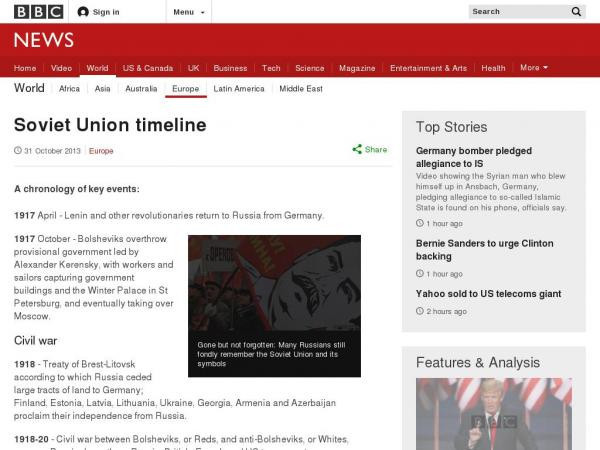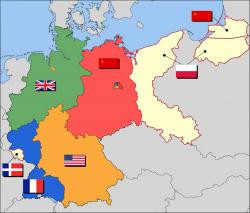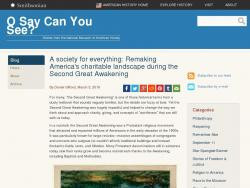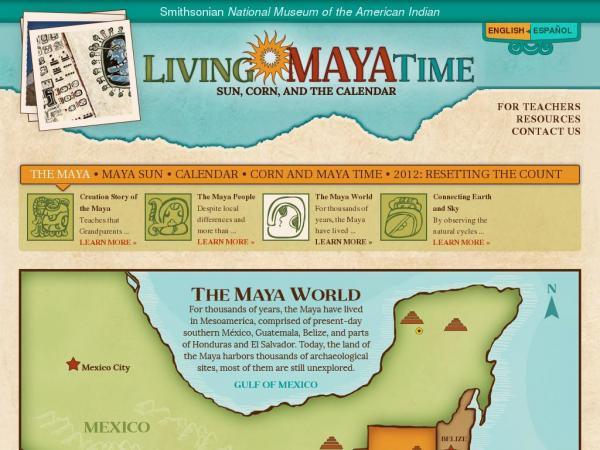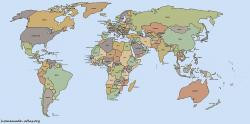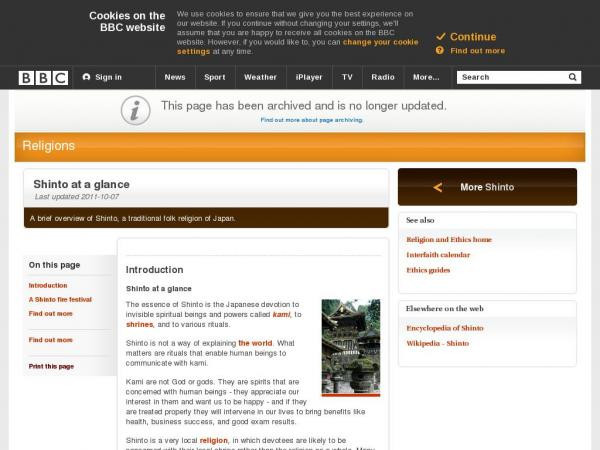Kate Harris
Social Studies teacher
Pittsburgh CAPA
Middle School (13 to 15 years old), High School (16 to 18 years old)
Teacher/Educator
Language Arts And English, Civics, Literature, Cultures, Economics, Social Studies, Geography, Writing, US History, Arts, Other
I'm a history-lover, art fan, and bookworm. I taught high school history (U.S. History and World Religions) for ten years in North Carolina, teach currently in Pittsburgh, PA, and am working to help teachers make the most of this new resource!
Kate Harris's collections
The End of the Cold War
This teaching collection chronicles the events and people associated with the end of the Cold War. Suggested teaching strategies are embedded throughout.
Guiding questions include:
-Who started the "revolutions" of 1989--Gorbachev and his reforms? People in Eastern Europe?
-Evaluate the roles of the United States and the Reagan and Bush administrations, as well as the changes within the Soviet Union, in bringing about the end of the Cold War.
-Why did the Cold War end?
-What were the costs of the Cold War, both human and material?
-What are the legacies/lessons of the Cold War?
-What uncertainties or questions remained as the Cold War came to a close? What would come to characterize the 'New World Order' that followed?
Tags: Wilson Center, Cold War, Reagan, Gorbachev, glasnost, perestroika, revolution, Soviet Union, USSR, Communism
 Kate Harris
Kate Harris
21
Building the Berlin Wall
This teaching collection explores the Berlin crisis leading to the building of the Berlin Wall. It addresses the following guiding questions through primary/secondary sources and teaching suggestions:
-Why was Berlin the center of crisis in between 1958-1961?
-Why did the Soviet Union sanction the construction of the Berlin Wall?
-Why did the United States allow it to happen?
-How did the Wall affect the lives of East and West Berliners?
-Does the end (no more crises in Berlin) justify the means (the Wall)?
-How does this incident reflect the greater issues of the Cold War?
Students will practice reading primary sources and analyzing multiple perspectives.
Tags: Wilson Center, Cold War, Khruschev, Stalin, Berlin, Wall, Kennedy, Soviet Union, USSR, Communism
 Kate Harris
Kate Harris
17
Tools of the Labor Movement
The United States labor movement began in full force during the late 19th century and peaked during World War II. Workers learned that by joining together in unions, they could exert more pressure on employers and the government to protect their rights and improve labor conditions. This collection includes a variety of resources related to the United States labor movement, particularly the various tools and strategies used to create change.
Guiding questions to consider are:
-What rights do workers desire?
-How can labor unions influence employers, government, and the public?
-What tools and strategies are most effective for improving working conditions? Consider: boycotts, picketing, appeals to the media, strikes, walk-outs, and slow-downs.
-How does the public perceive labor unions? How does this impact their results?
-Are women and minorities included in the labor movement? Were they always?
 Kate Harris
Kate Harris
25
The Smithsonian in World War I
<p>Across the nation, public institutions like museums, universities, and government facilities showed the impact of World War One. Not only did private individuals find their lives changed by enlisting to fight or taking on new "war work," but buildings and public spaces also changed by shifting over to the war cause. This collection reveals how life at the Smithsonian Institution changed in order to support the war effort from 1914-1918 through artifacts and archival materials.</p><p>Questions to consider:</p><p>-<strong>How do Americans sacrifice during wartime? Has it changed over time?</strong></p><p>-How did the Smithsonian Institution and its employees adapt during wartime?</p><p>-What does the experience chronicled here tell us about that of other Americans? What is still missing?</p><p>Tags: WWI, World War One, homefront, war work, Smithsonian, museum</p>
 Kate Harris
Kate Harris
17
Sacred Texts
<p>This is a collection of teaching resources about sacred texts used in a variety of religions. Judaism, Christianity, and Islam are all featured in many artifacts, but there are also some examples from Hinduism, Buddhism, and Daoism. Ideas for teaching and questions are located throughout the collection on the notebook tab. </p><p>Some overall guiding questions to consider using with your students might be:</p><p>-Are the texts treated as revelations? Are they inerrant? You may want to define these words with your students and ask them to research the answers. </p><p>-How do different religions treat their texts? Are there special objects or rituals used in conjunction with the texts?</p><p>-Why was it important for religious texts to be written down? How can the form of a text change who has access to the religion's teachings?</p><p>-What kinds of decorations are used in and on the texts? Why do you think that is?</p><p>Tags: Christianity, Jesus, Bible, Judaism, Torah, Old Testament, Islam, Quran, Muhammad, Hindu, Buddha, Daoism, China, India, religion, belief, philosophy, compare contrast</p>
 Kate Harris
Kate Harris
24
The Crusades of the Middle Ages
This collection includes resources for teachers looking for materials related to the Crusades. Students can gain insight into the weapons and nature of fighting in the Crusades by investigating the images included as well as the video on bows, while the essays and map will provide ample background information. Finally, a lesson plan from the Cooper Hewitt Design Museum explains how to design a marshmallow catapult or trebuchet!
 Kate Harris
Kate Harris
10
The Mughal Empire
<p>What is the role of art and culture in the expansion of nations or empires? This collection traces the general history of the Mughal Empire and its influence on Indian art. The Mughals were a dynasty of Islamic leaders who conquered India in the 16th and 17th centuries. Their blend of influences and the stylistic preferences of the emperors created a distinct style. </p><p>Guiding questions to consider are:</p><p>How did the Mughals assert their authority over and create a sense of unity within India?</p><p>Why is art so important to powerful leaders, and how can they influence artistic styles?</p><p>Tags: religion, culture, syncretism, Islam, Muslim, India, Hindu, cause effect, chronology</p>
 Kate Harris
Kate Harris
14
How Radio Changed America
The technology for radio communications advanced during World War I, but it wasn't until the 1920s that commercial broadcasting grew and everyone wanted a radio for their home. Radio had a huge impact on creating a "mass media" that bound together the nation. As students explore this collection, they will look for evidence proving that radio changed America in four different areas:
-Politics
-Entertainment and Sports
-Religion
-Advertising
Possible assignments using this collection include:
1) Writing an essay evaluating the statement "Radio created a mass culture in America."
2) Researching a particular figure in radio's early history and sharing findings with classmates.
3) Creating a 1920s radio program that featured key people and trends from the decade. This could be recorded and shared in the form of a podcast.
4) Developing a chart comparing and contrasting the impact of radio with television or the internet.
 Kate Harris
Kate Harris
25
How Siddhartha Became the Buddha
<p>This collection teaches students about the biography of Siddhartha Guatama and asks them to analyze images depicting stages of his life. Students will also learn about the different mudras, or hand gestures, that the Buddha makes. Quiz questions and hot spots are embedded throughout to check for understanding and support learning. </p><p>Tags: Siddhartha, Buddha, Buddhism, reincarnation, religion, India</p>
 Kate Harris
Kate Harris
12
The Five Pillars of Islam
<p>This collection includes artifacts and images that represent the Five Pillars of Islam. Students should complete the chart (included as the final resource) by first explaining what each pillar is. Then, after looking through the collection, they should identify an artifact that represents each one and explain why.</p><p>Tags: Islam, Muslim, religion, Muhammad, object analysis, practice, pilgrimage, hajj, fasting, Ramadan, Shahadah, zakat, tithe, salat, prayer</p>
 Kate Harris
Kate Harris
16
Jainism
<p>This is a topical collection of resources related to Jainism. It includes sculptures, manuscripts, and paintings from the Smithsonian Institution's collection as well as links to outside web resources for further background information. Some questions to guide thinking are embedded throughout. </p><p>As they explore the collection, users might consider how Jain art and architecture reflect the main beliefs of the religion.</p><p>tags: ancient, India, religion, Jain, tirthankara, Mahavira, faith, Digambara, Svetambara</p>
 Kate Harris
Kate Harris
12
Geometry and Islamic Art
<p>This is a collection of artifacts representing geometric motifs in Islamic art. Students will learn why these complex patterns are so prevalent in Islamic art, practice spotting different types of patterns, and begin to create their own, using just a ruler and a compass. They will also have an opportunity to explore the concept of tessellation using an interactive tool.</p><p>tags: geometry, circle, angle, star, mosque, mihrab, tile, Muslim, Islam, religion</p>
 Kate Harris
Kate Harris
16

